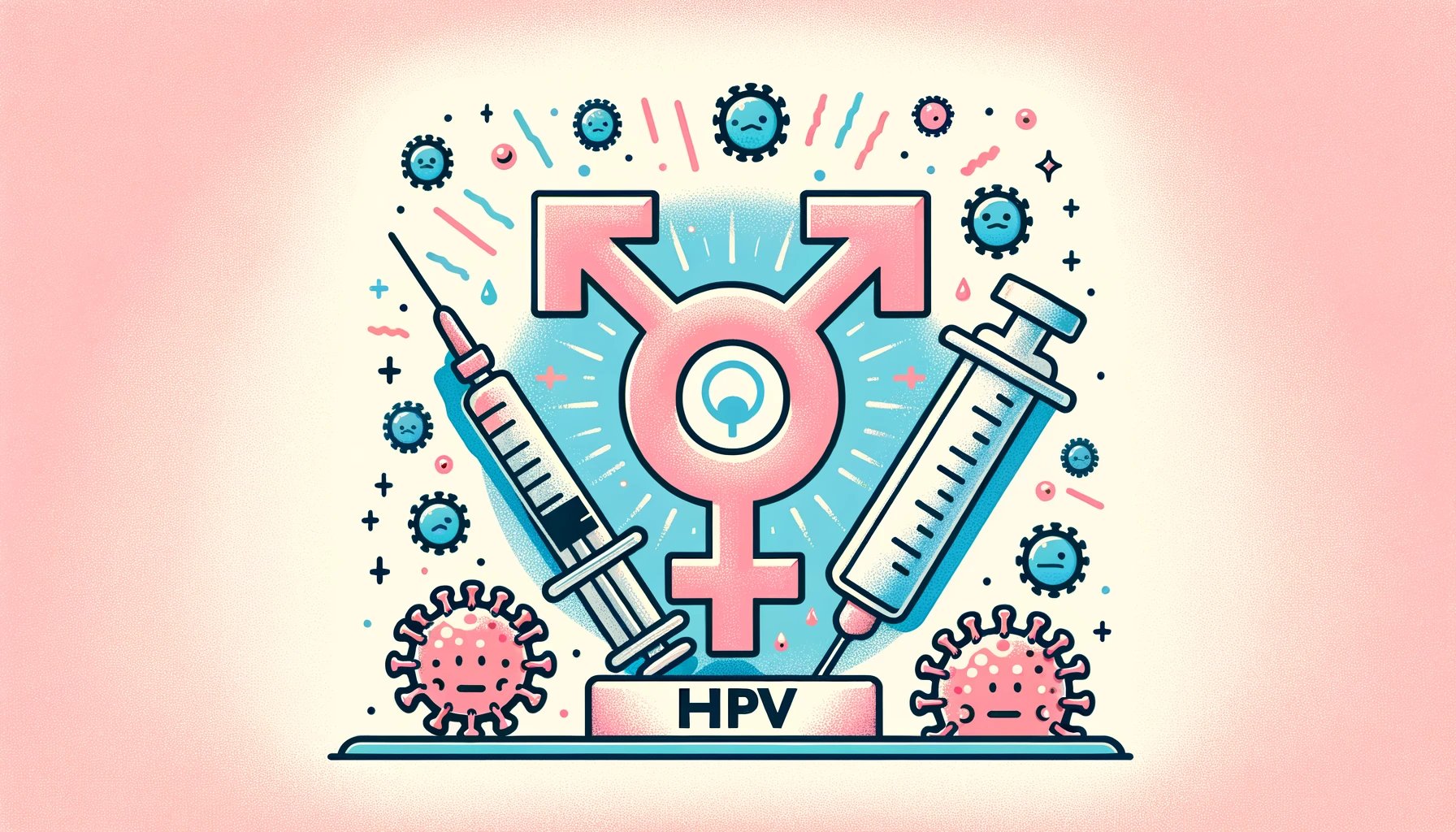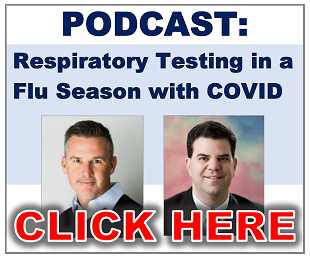
Human papillomavirus, or HPV, is the most common sexually transmitted infection.1 The Centers for Disease Control and Prevention estimates that there were 43 million HPV infections in 2018. In that same year, there were 13 million new infections. HPV is so common that almost every sexually active person will get HPV at some point without vaccination.
Infection with HPV among women gets a lot of attention, and rightly so, as HPV causes nearly all cervical cancers and many cancers of the vagina and vulva. But it’s a mistake to think that HPV doesn’t affect men too.
In the U.S., during the 2013-2014 period, the prevalence of genital HPV among men aged 18-59 was 45.2% and among women of the same age group, 39.9%.2 The prevalence of high-risk genital HPV (i.e., HPV that can lead to cancer) among men was 25.1%, and among women, 20.4%.
Regarding oral HPV, among adults from 18 to 69 years in the 2011-2014 period, the prevalence among men was 11.5%, and among women, 3.3%. For high-risk oral HPV, the prevalence among men was 6.8%, and among women, 1.2%.
On a global basis, a recent study in The Lancet Global Health showed that almost one in three men over the age of 15 are infected with at least one genital HPV type, and one in five are infected with one or more high-risk HPV types.3 These estimates show that men frequently harbor genital HPV infections, and they emphasize the importance of incorporating men in efforts to control HPV infection and reduce the incidence of HPV-related disease in both men and women.
On a global basis, a recent study in The Lancet Global Health showed that almost one in three men over the age of 15 are infected with at least one genital HPV type
HPV Transmission
Oftentimes HPV presents no symptoms and can go unnoticed. However, it can cause papillomas, which are growths like warts, which can appear on the genital area, skin or throat in men.4 A man can transmit HPV to a woman through intimate skin-to-skin contact, as well as contact with genital warts or within semen during vaginal sex. Condoms can offer some protection during penetrative sexual contact. Use of a dental dam or female condom can help protect against HPV infection when performing oral sex on a woman. However, HPV can still be transmitted when using a condom if the HPV virus is present in areas of skin not covered by the condom.
Sexually active people can get HPV even if they have had sex with only one person.5 Sometimes symptoms do not develop until years have passed after having sex with someone who had the infection. In most cases (nine out of 10), HPV goes away on its own within two years without health problems. But when HPV does not go away, it can cause health problems, including cancer. It is estimated that HPV causes about 5% of all cancer cases worldwide.6
When HPV infections manifest as anogenital warts, they contribute to increased infection transmission rates.7 The type 16 strain of HPV is also linked to anal, penile, and oropharyngeal cancers. However, while many epidemiological studies have examined the prevalence and consequences of HPV infections in women, the data on prevalence rates among men have been lacking. The few existing studies have focused on at-risk populations, such as men living with Human Immunodeficiency Virus (HIV) and men who have sex with men, and an updated estimate of the prevalence of genital HPV infection among males is necessary.
HPV Screening and Vaccination
The HPV test is only approved for cells from the cervix, though healthcare professionals may suggest an HPV test for cells from other sites, such as the anus.8 Certain people may benefit from screening, such as those aged 35 or older who have HIV and those who have had high-risk HPV types detected on the penis and scrotum (among men) or cervix, vagina or vulva (among women). Solid organ transplant recipients may also benefit from an HPV test.
HPV vaccination has the potential to prevent more than 90% of HPV-attributable cancers. Since vaccination was first recommended in 2006, infections with HPV types that cause most HPV cancers and genital warts have dropped 88% among teen girls and 81% among young adult women.9 HPV vaccination has also reduced the number of cases of precancers of the cervix in young women. CDC recommends HPV vaccination for all preteen boys and girls at age 11 or 12 years (though it may start at age 9 years), and everyone through age 26, if not vaccinated already.
In August 2020, the World Health Assembly adopted the Global Strategy for Cervical Cancer Elimination, which relies heavily on HPV vaccination. Noting that in 2018 nearly 90% of the deaths from cervical cancer occurred in low- and middle-income countries, WHO determined that to eliminate cervical cancer, all countries should reach and maintain an incidence rate of below four per 100,000 women. Achieving that goal rests on three pillars:
- HPV vaccination of 90% of girls by the age of 15.
- Screening of 70% of women using a high-performance test by the age of 35, and again by the age of 45.
- Treatment of 90% of women with pre-cancer and management of 90% of women with invasive cancer.
Each country should meet all three targets by 2030 to get on the path to eliminate cervical cancer within the next century, says WHO10.
References
- Genital HPV Infection – CDC Fact Sheet, Centers for Disease Control and Prevention
- Prevalence of HPV in Adults Aged 18-69: United States, 2011-2014, Centers for Disease Control and Prevention
- One in three men worldwide are infected with genital human papillomavirus, World Health Organization
- 6 Myths and Facts: What Men Need to Know About HPV, Banner Health
- Genital HPV Infection – CDC Fact Sheet, Centers for Disease Control and Prevention
- Global burden of HPV-related cancers in men: A systematic literature review, Journal of Clinical Oncology
- One in three men carry HPV: The ignored reservoir in the fight against cancer, News Medical
- HPV test, Mayo Clinic
- Human Papillomavirus (HPV) Vaccination: What Everyone Should Know, Centers for Disease Control and Prevention
- https://www.who.int/initiatives/cervical-cancer-elimination-initiative#cms, World Health Organization



Share Article